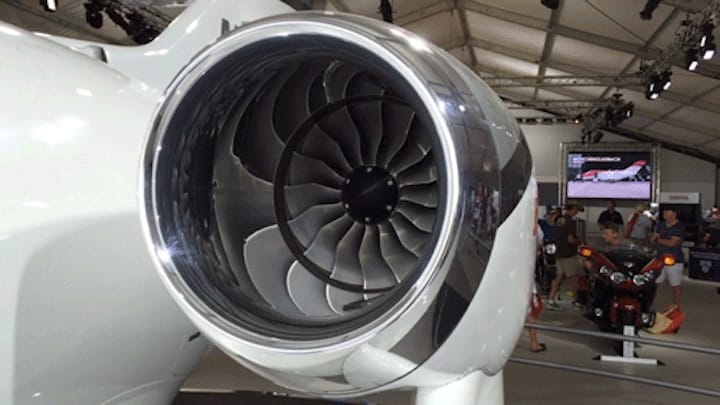
Some say the introduction of 3D printing to the logistics industry could be a “once-in-a-generation opportunity”, but is it?
The concept is breathtaking in scope: rather than sending products from the manufacturing source via traditional shipment methods, instead you would electronically transmit your product design to a logistics firm that would 3D print the item near its final destination. From there shipment is straightforward and far less expensive.
There’s been some hinting about this from several logistics vendors, most notably from UPS, but also from DHL and even Amazon.
UPS has been quite prominent in this concept, having been one of the first logistics firms to establish 3D printing capabilities in some of their field offices. Most recently they’ve published a piece on their “Longitudes” blog describing the concept in a lot more detail.
Such a system would generate big changes in all manner of business operations. One obvious change would be the “spare parts” business. Instead of maintaining a physical inventory of parts in regional locations for speedy delivery, companies could instead maintain a “digital inventory” at a logistics company that could create the requested parts in a very speedy manner near the recipient.
Long distance transportation companies would be hit if such a system took off, including road and rail. However, local delivery mechanisms, such as couriers, vans and in the future, Amazon delivery drones, would likely be safe – and perhaps even expand.
But such a vision is perhaps far off in the future, as a number of big challenges must be overcome first. Here are a few that I can think of.
Production: The manufacturing of all but the simplest objects requires more than just a 3D printer. Significant effort (and machinery) is often required to create objects. In some cases, assembly of multiple parts may be required.
Constraints: Today’s 3D printing is extremely restricted in the types of materials available for production, as well as the build volumes. To produce items in other materials, alternative manufacturing technologies might be required.
Limitations: As per the two points above, it’s likely the first implementation of this concept would have severe restrictions on the nature of the items produced. This could correspondingly restrict the size of the market.
Startup Cost: Even if the constraints were acceptable to some parties, it’s unclear if there would be sufficient business to justify the establishment of, literally, a standalone manufacturing plant. This might mean the concept would be started only in the largest centers.
Timing: Today’s 3D printers are terribly slow to produce anything, and delays of hours – or days in some cases – might overwhelm the advantages of the concept. If it takes longer to print something than ship it from afar, then why bother?
Cost: Today’s 3D printers are also tremendously expensive when compared to traditional mass manufacturing. In this concept, it seems that the price of 3D printing would have to be less than the cost of shipping to compete, otherwise the ultra-cheap mass manufactured units might be shipped in at lower cost in total.
Rights: In order for this to work, the companies requiring the parts would have to have a means to have the logistics company hold their digital 3D models for production at local sites. Not having possession of a digital model is a critical aspect of a business, as such models could be the key intellectual property. Today companies protect this information very strongly and a means of protecting it while at the logistics company would have to be implemented.
Comfort: Despite protections, it’s likely some companies would still be adverse to sending their precious digital 3D models to a third party. This would require considerable marketing, technological and educational effort to overcome.
Disruption: Even if all this worked, it’s likely the disruption generated would cause some parties to protest against it. Who would want to get the truckers angry? I wouldn’t!
In the long term, this concept or something like it is probably inevitable, but as you can see there is a bit of a journey to get there.
Via UPS Longitudes


1 comment
Comments are closed.